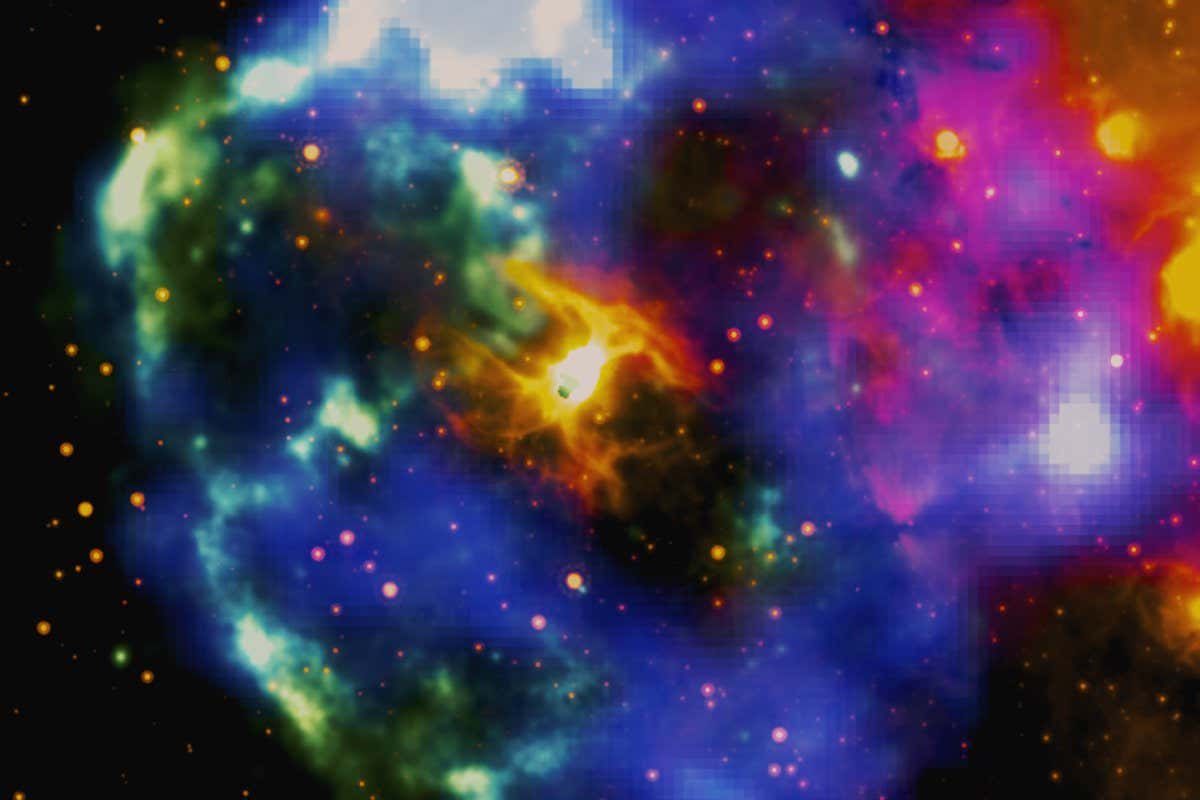Physics gets weird at the extremes. Astrophysics usually deals with the extremely large – large energies, large gravities, and lots and lots of stuff. Quantum mechanics, on the other hand, typically deals with the extremely small – quarks and other particles that are completely unseen by the human eye. So far, despite decades of trying, no Grand Unified Theory (or any other theory) combines these two opposed theories. This makes it all the more interesting that a team from the Purple Mountain Observatory of the Chinese Academy of Sciences proposed an idea that the interior cores of neutron stars, one of the most extreme examples of large extremes in the universe, might be made up of a type of tiny particle that makes up part of the “soup” of quantum mechanics called a strange quark.
Continue reading “The Heaviest Neutron Stars Could Have Strange Matter Cores”Neutron Star Behaves Like a Mini-quasar
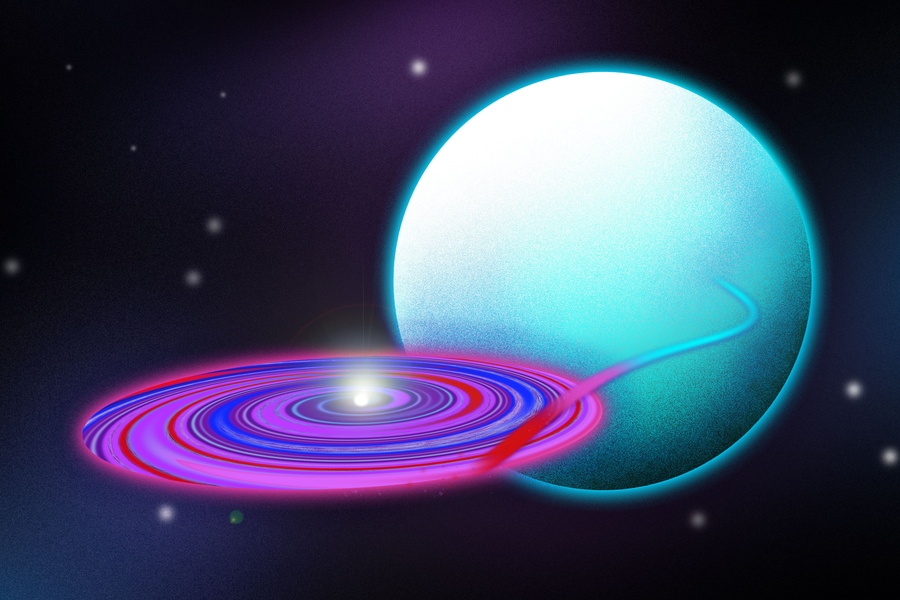
There’s a wobbly X-ray-bright binary object in our galaxy called Hercules X-1 that’s blowing a mighty wind off to surrounding space. The system consists of a neutron star paired with a sun-like star. The neutron star is drawing material away from its companion. Its resulting accretion spins rapidly, and that whips up powerful winds. They affect the region of nearby space. That’s eerily similar to how a quasar’s central black hole sends out winds to influence its entire host galaxy.
Continue reading “Neutron Star Behaves Like a Mini-quasar”The Neutron Star That Thinks It’s a Black Hole
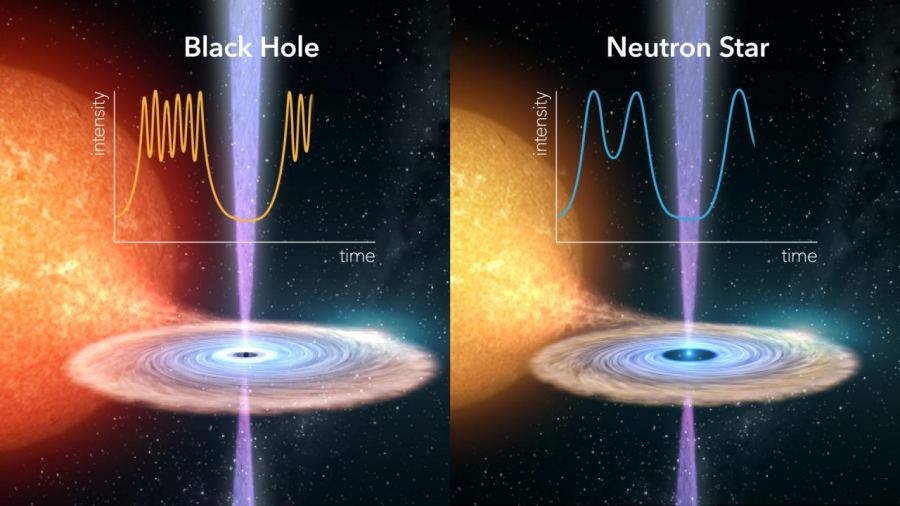
Black holes and neutron stars are among the odder denizens of the cosmic zoo. They’re both dense collections of matter and, except for supermassive black holes, are the end states of massive stars. Fundamentally, they’re two different types of objects that are detectable via the activity in the accretion disks that form around them. Astronomers recently observed an object that acted like a black hole but turned out to be a neutron star. The clues lay in the accretion disk surrounding it.
Continue reading “The Neutron Star That Thinks It’s a Black Hole”Astronomers Go Hunting for Mysterious Q-balls
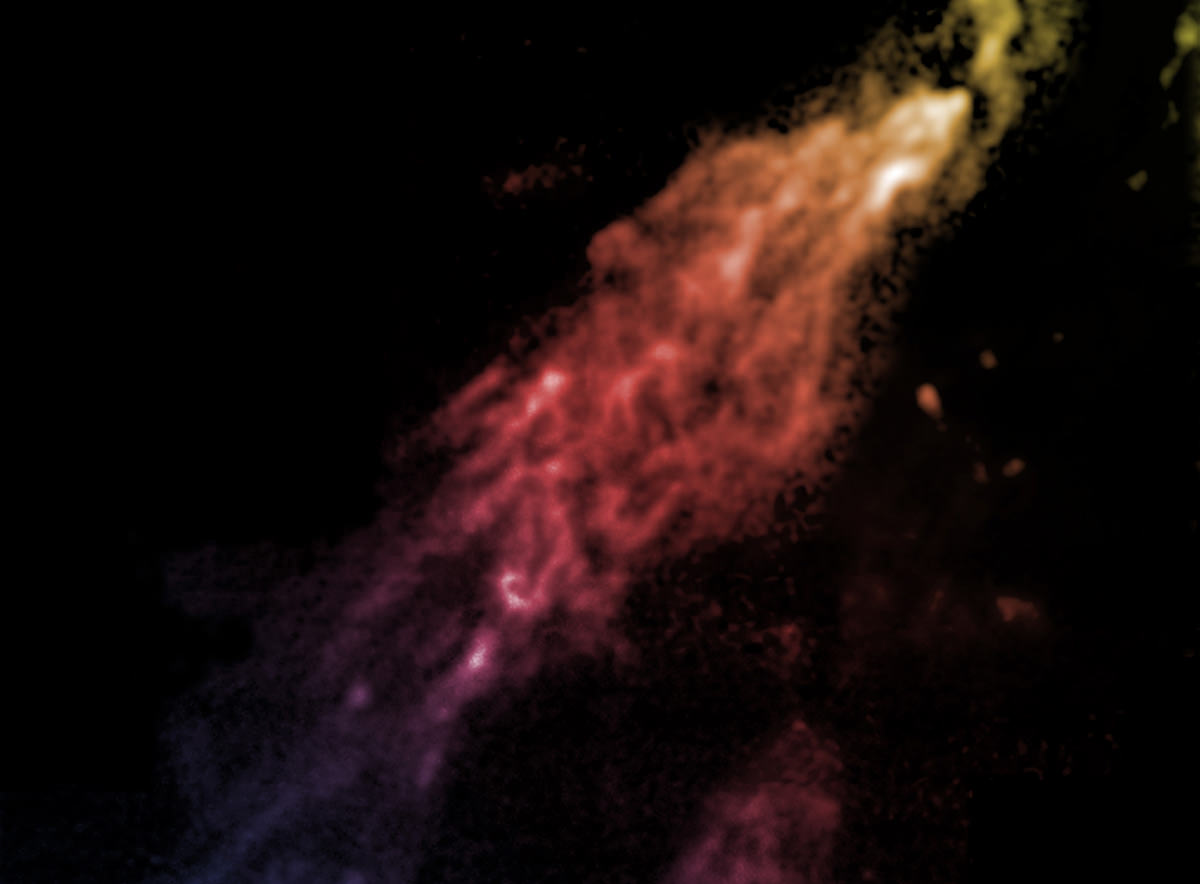
Our universe may feature large, macroscopic clumps of dark matter, known as q-balls. These q-balls would be absolutely invisible, but they may reveal their presence through tiny magnifications of starlight.
Continue reading “Astronomers Go Hunting for Mysterious Q-balls”Some Elements Arrived on Earth by Surfing Supernova Shock Waves
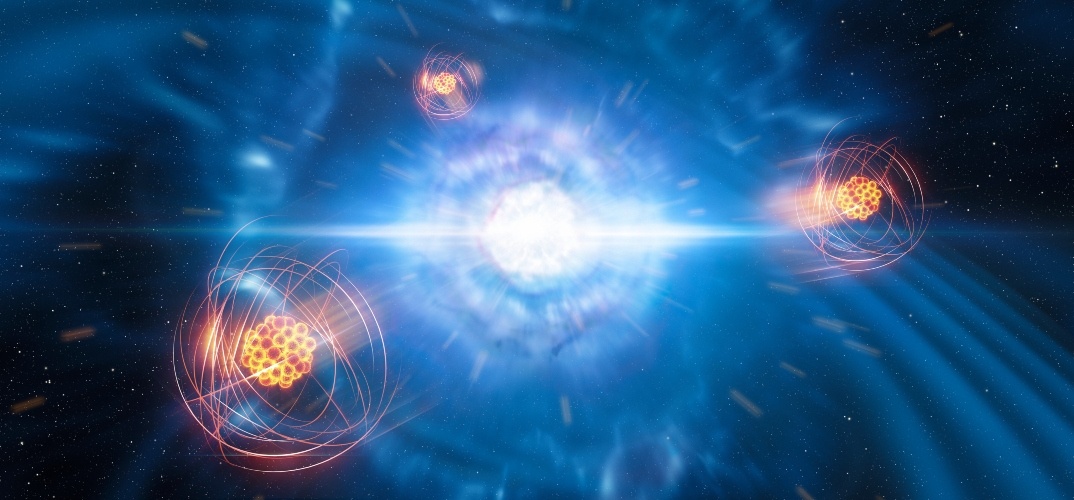
When stars die, they spread the elements they’ve created in their cores out to space. But, other objects and processes in space also create elements. Eventually, that “star stuff” scatters across the galaxy in giant debris clouds. Later on—sometimes millions of years later—it settles onto planets. What’s the missing link between element creation and deposition on some distant world?
Continue reading “Some Elements Arrived on Earth by Surfing Supernova Shock Waves”Magnetars are Extreme in Every Way, Even Their Volcanoes
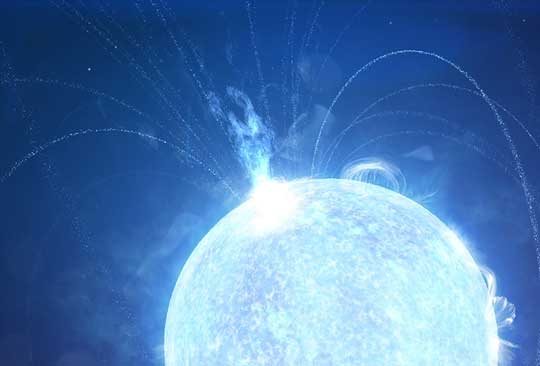
In a recent study published in Nature Astronomy, an international team of researchers led by NASA and The George Washington University examined data from an October 2020 detection of what’s known as a “large spin-down glitch event”, also known as an “anti-glitch”, from a type of neutron star known as a magnetar called SGR 1935+2154 and located approximately 30,000 light-years from Earth, with SGR standing for soft gamma repeaters. Such events occur when the magnetar experiences a sudden decrease in its rotation rate, which in this case was followed by three types of radio bursts known as extragalactic fast radio bursts (FRBs) and then pulsed radio emissions for one month straight after the initial rotation rate decrease.
Continue reading “Magnetars are Extreme in Every Way, Even Their Volcanoes”Astronomers use Earthquakes to Understand Glitches on Neutron Stars
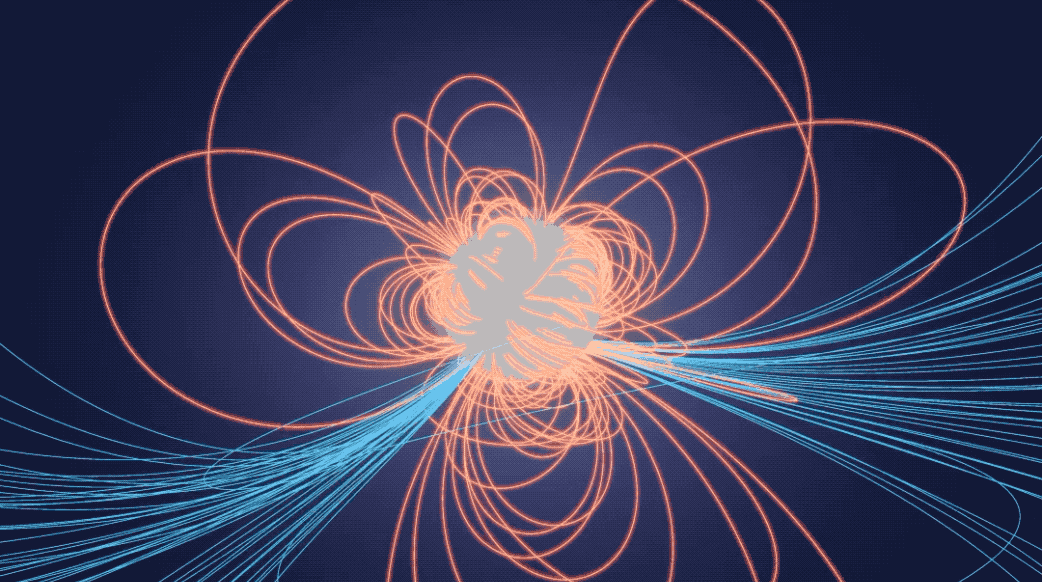
A team of astronomers have used a model of earthquakes to understand glitches in the timing of pulsars. Their results suggest that pulsars may have interiors that are far stranger than can be imagined.
Continue reading “Astronomers use Earthquakes to Understand Glitches on Neutron Stars”Colliding Neutron Stars can Generate Long Gamma-ray Bursts
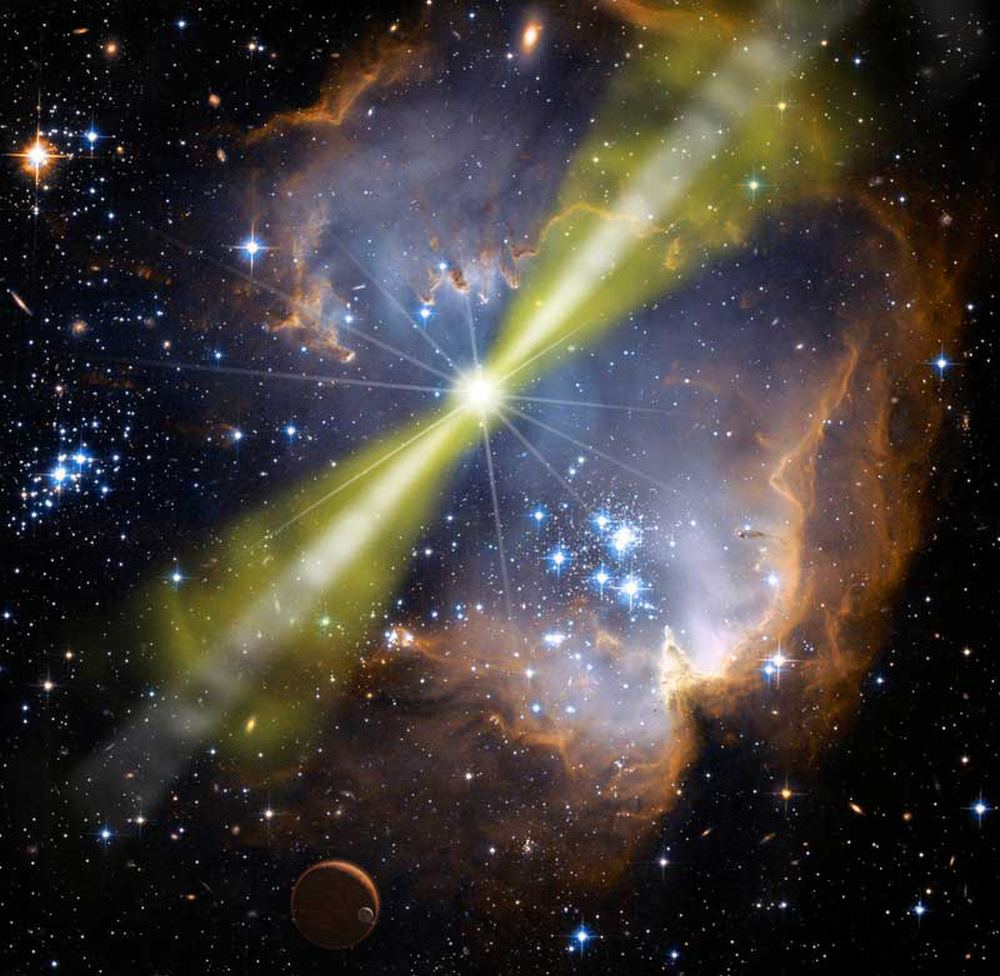
Gamma-Ray Bursts (GRBs) are the most energetic recurring events in the Universe. Only the Big Bang was more energetic, and it was a singularity. Astronomers see GRBs in distant Universes, and a lot of research has gone into understanding them and what causes them.
A new paper is upending some of what scientists thought they knew about these extraordinary explosions.
Continue reading “Colliding Neutron Stars can Generate Long Gamma-ray Bursts”New Observations Confirm That a Magnetar has a Solid Surface and No Atmosphere
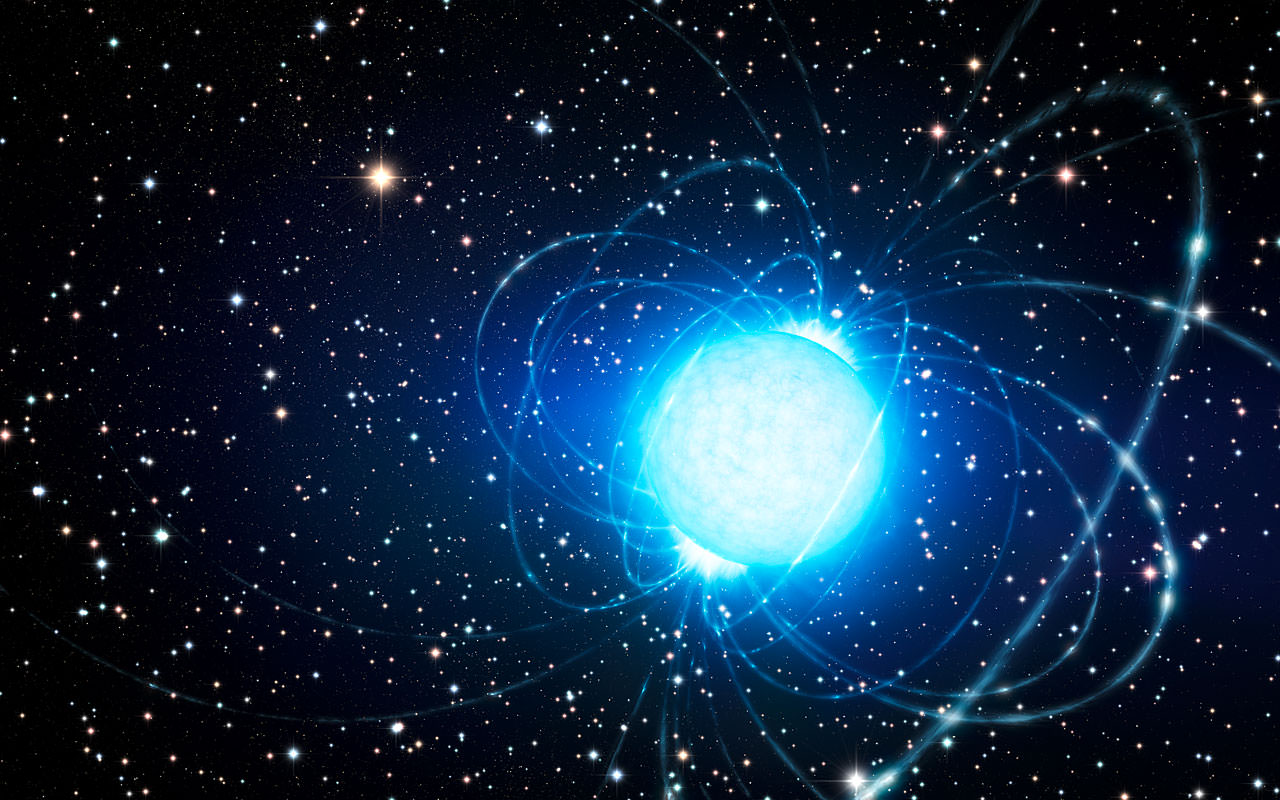
Can a star have a solid surface? It might sound counterintuitive. But human intuition is a response to our evolution on Earth, where up is up, down is down, and there are three states of matter. Intuition fails when it confronts the cosmos.
Continue reading “New Observations Confirm That a Magnetar has a Solid Surface and No Atmosphere”The Smallest, Lightest Neutron Star Ever Seen Could be a “Strange Star”
The life of every star is a fight against gravity. Stars are so massive they risk collapsing under their own weight, but this is balanced by the heat and pressure a star generates through nuclear fusion. Eventually, that comes to an end. The outer layers of a star will be cast off, and the remaining core will become a stellar remnant. Which kind of remnant depends on the mass of the core.
Continue reading “The Smallest, Lightest Neutron Star Ever Seen Could be a “Strange Star””

